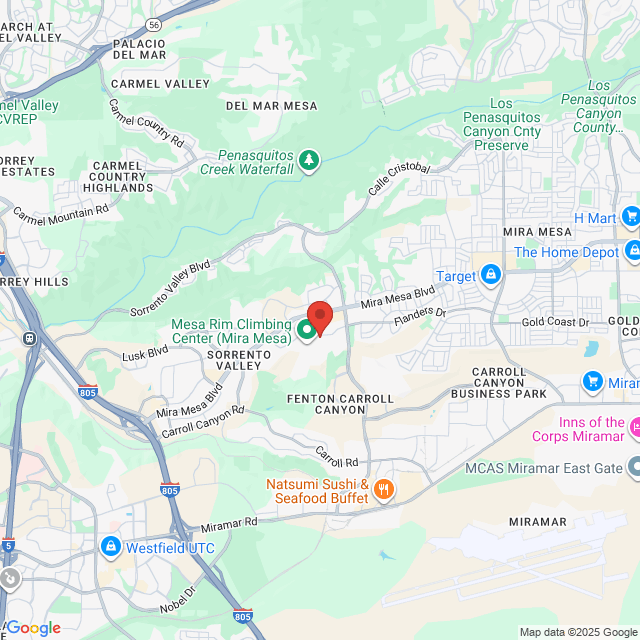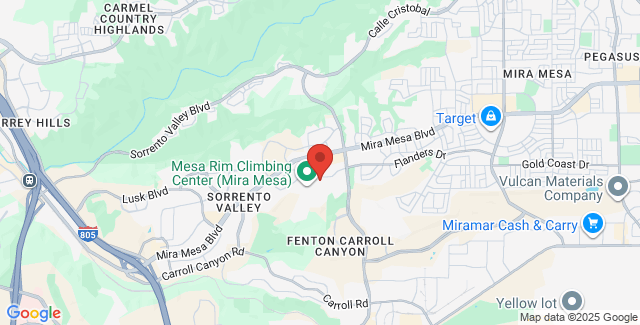The Bard IVC Filter Lawsuit
The Bard IVC filter lawsuit applies to patients who were injured after having the manufacturer’s Recovery, G2, or G2 Express filters implanted. The Recovery filter, approved by the FDA in 2002, was replaced by the G2 and G2 Express filters after they received approval in 2005. Even though the G2 filters were marketed as a safer option than their predecessor, the new filters were also susceptible to fracture and migration, which can lead to the perforation and damage of internal organs. By 2010, the FDA issued its first official warning regarding the safety of IVC filters, and a second warning in 2014. If you or a loved one has suffered serious complications as a result of the implantation of a Bard IVC filter, please contact our legal team today to discuss your options.

Bard IVC Filters
C.R. Bard is a leading multinational developer and manufacturer of medical products. Lawsuits stemming from IVC filter injuries have been focused on several of the company’s products.
Recovery
The Bard Recovery IVC filter was approved by the FDA in 2002 for implantation in patients who are at a higher risk for blood clots, to prevent pulmonary embolism. Soon after the device was introduced, however, complications arose. Physicians reported a high number of complications in patients, and it was discovered that the Recovery IVC filter was prone to fracture and migration. After a device has fractured, small pieces of the filter can travel to other areas of the body, including the heart and lungs, often requiring emergency treatment for severe, life-threatening conditions. Numerous studies have found that the Recovery IVC filter had a failure rate between 21 and 31 percent.
G2 and G2 Express
The FDA approved the Bard G2 and G2 Express IVC filters in 2005, as a replacement for the Recovery filters. These newer filters were marketed to physicians and patients as being less susceptible to fracture and migration. Although the complication rate was lower than that of their predecessor, it was not a significant reduction. Studies show that the risks of complications increased the longer the filter remained implanted. The G2 filters resulted in many of the same complications as the Recovery filter.
Bard IVC Filter Complications
Despite the fact that the purpose of IVC filters is to catch blood clots in high-risk patients and prevent pulmonary embolism, this condition is one of the many potential complications of Bard’s IVC filters. Because of the high risk of fracture and migration, which increases the longer a filter is implanted in a patient after the risk of blood clots has passed, complications may include:
- Perforation of the heart or lungs
- Damage to other organs
- Hemorrhage
- Punctured vena cava
- Cardiac tamponade
- Chest pain
- Shortness of breath
Lawsuits, Settlements, and Evidence
The first lawsuit against Bard concerning one of their IVC Filters was settled in February 2015, 10 days after the trial commenced. Kevin Philips, the plaintiff, claimed that his IVC filter had fractured, sending pieces of the device to his heart, which required emergency surgery. Other suits against Bard have cited similar injuries, and also include allegations against the company for negligence, failure to provide adequate warning, and misrepresentation of the safety of their IVC filters.

If you have been injured by a defective medical device, Speak with an Attorney
In early 2016, Bard indicated that they intend to settle most, if not all, IVC filter lawsuits against the manufacturer. This indication may have stemmed from Bard’s attempt to suppress evidence pertaining to these lawsuits. The company recently filed motions to suppress the evidence contained in the Lehmann Report. Dr. Lehmann completed this report in December 2004, which found that the Recovery IVC filter was associated with a high rate of fracture and migration. Bard has argued that this report should be protected under the work-product doctrine and should, therefore, remain confidential, however, their lawyers accidentally disclosed the report in 2012. Bard has requested that all copies of the report be destroyed and remain confidential in future lawsuits.
Multidistrict Litigation vs. Class Action
Over 150 lawsuits have been consolidated into multidistrict litigation (MDL) in Indiana and Arizona. Three class actions have been filed against Bard in Florida, California, and Pennsylvania, which are still pending.
- Class Action lawsuits group similar claims (injuries from IVC filters) against a common defendant (Bard). These lawsuits typically result in one large settlement that is divided equally among the plaintiffs.
- MDL lawsuits also consolidate similar cases against a common defendant for evidence and discovery purposes, which makes the proceedings more efficient. However, each case is tried and settled separately, which results in settlements that are based on each plaintiff’s individual injuries, typically resulting in greater compensation for those with more severe injuries and more extensive medical bills.
Contact an Experienced IVC Filter Attorney
If you or a loved one has suffered serious injuries following the implantation of a Bard Recovery, G2, or G2 Express IVC Filter, please contact our experienced legal team today to schedule a complimentary consultation and review your legal options.




